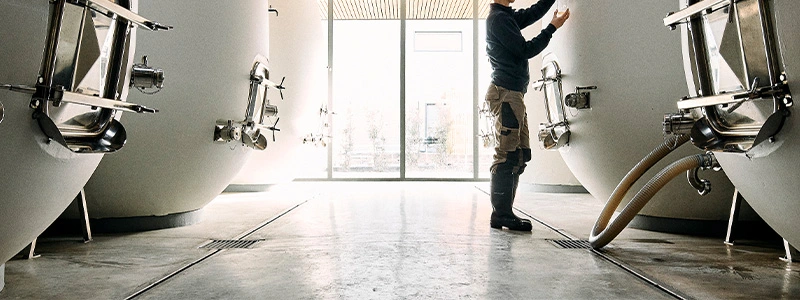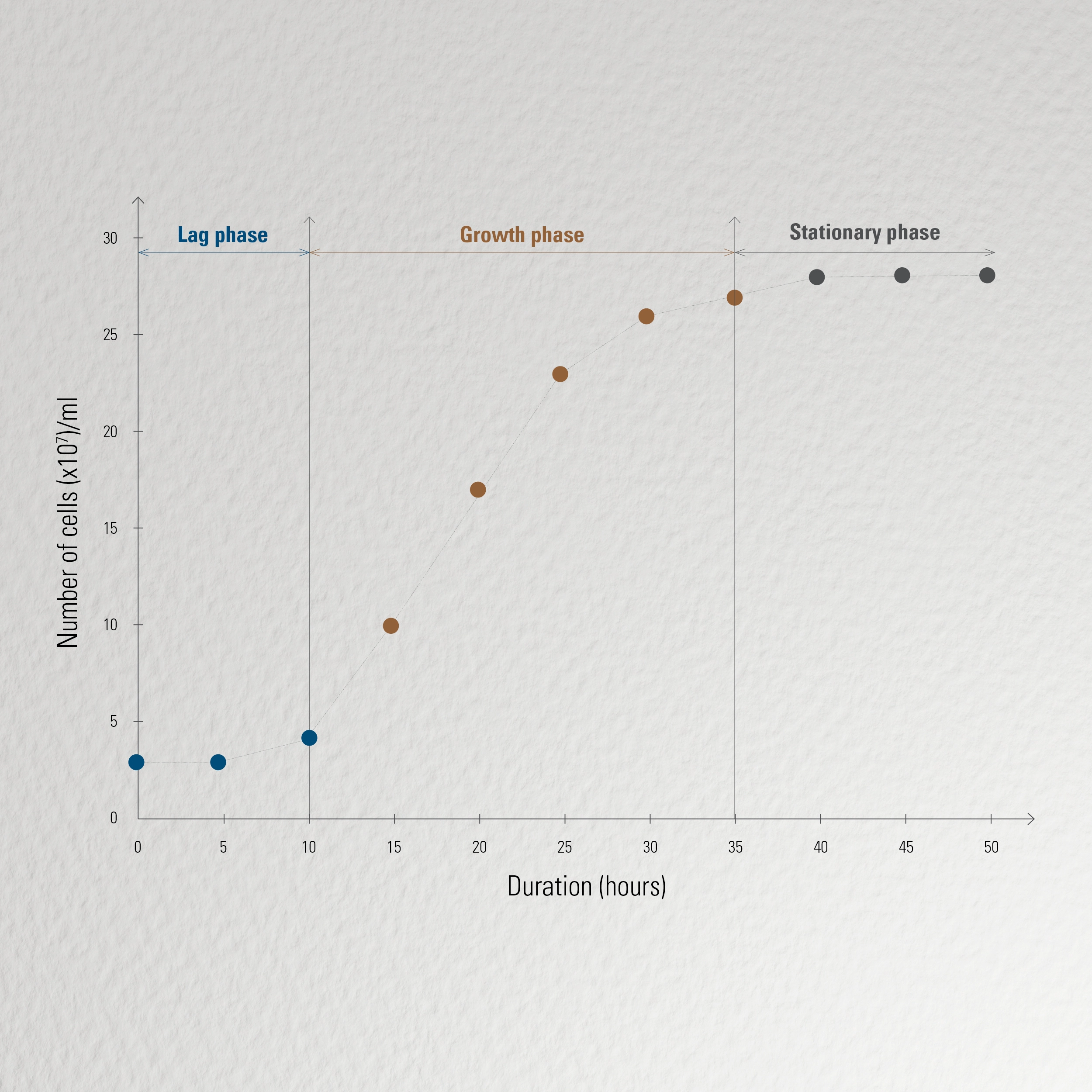What is alcoholic fermentation?
As the name implies, alcoholic fermentation is the production of alcohol (ethanol) from sugars initially present in the wort (such as glucose, fructose, maltose and maltotriose). This process results in a wash with an ethanol content between 8 and 10%. The conversion of sugars into ethanol, brought to light by Pasteur through his work on wine and beer, is achieved thanks to the effect of the yeasts and their enzymes.







